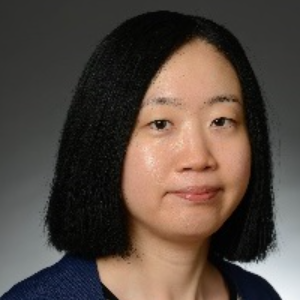Title : Role of hepatic progenitor cells in chronic liver disease and cancer
Abstract:
Hepatic progenitor cells (HPCs) form ductular reactions and peritumoral ductules in the postnatal liver. HPCs are facultative progenitors mainly derived from normal cholangiocytes activated in response to injury. Ductular reactions are observed in several chronic liver diseases, including those associated with increased risks of developing hepatocellular carcinoma (HCC). Previous studies have demonstrated that the in vivo conversion of HPCs into hepatocytes only occurs in the setting of extreme injury, and hepatocytes, not HPCs, are the main cell-of-origin of liver cancer. Therefore, the role of HPCs in liver disease and cancer remains largely unknown. We previously demonstrated that HPCs accumulate in the peritumoral areas of pediatric patients with hepatoblastoma and HCC. Furthermore, our immunostaining analysis indicated that the number and proliferation of peritumoral ductules as well as their expression of angiogenic paracrine factors correlate with intratumoral parameters. Therefore, the current study aims to test the hypothesis that HPCs promote pathogenic processes associated with liver cancer development by secreting paracrine factors. For labeling and isolation of forkhead box L1 (Foxl1)-expressing HPCs, we used Foxl1-Cre;RosaYFP mice treated with the 3,5-diethoxycarbonyl-1,4-dihydrocollidine-supplemented diet (DDC). This model simulates cholestatic liver disease, one of the risk factors for liver cancer. Cell culture experiments indicated that HPCs secrete paracrine factors to communicate with endothelial cells, induce angiogenic gene expression, enhance endothelial cell viability, proliferation, and tubulogenesis, and inhibit apoptosis. This paracrine function of HPCs was inversely correlated with their differentiation status toward hepatocytes. Our data suggest that modulation of HPCs may represent an attractive therapeutic strategy for inhibiting pathogenic progression leading to HCC.
Audience Take Away:
- The definition of postnatal hepatic progenitor cells.
- The relationship between hepatic progenitor cell differentiation and pathogenic functions.
- Association between peritumoral ductules and pediatric liver cancer.



